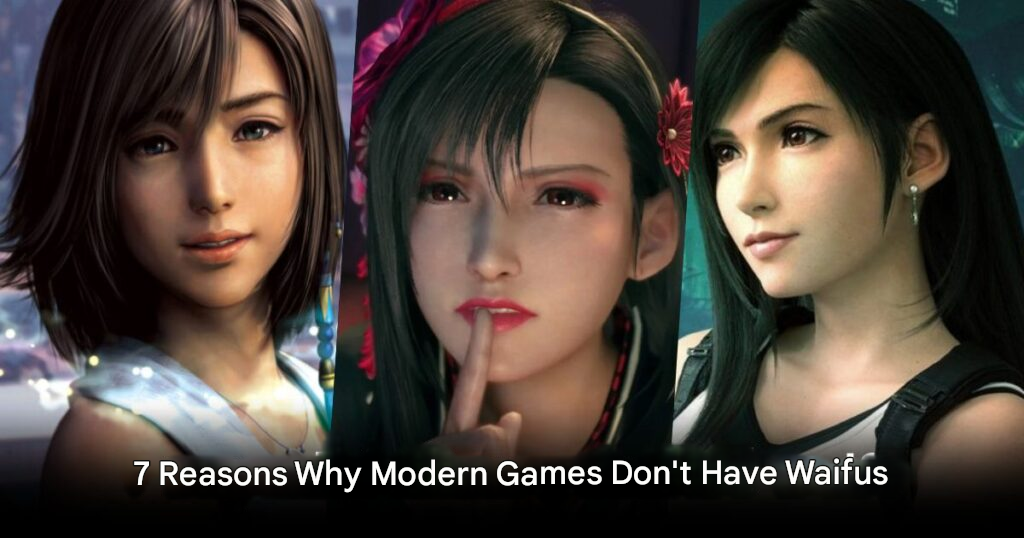7 Reasons Why Modern Games Lack Compelling Waifus

In recent years, many gamers in Southeast Asia have observed a noticeable decline in the quality and depth of female characters, often referred to as “waifus,” in modern video games. This trend has sparked discussions about the evolving portrayal of women in gaming and its implications for storytelling and player engagement.
1. Shift Towards Realism Over Stylized Characters

Modern game developers often prioritize realistic graphics and environments, which can lead to more generic character designs. This focus on realism sometimes comes at the expense of the unique and stylized designs that made earlier waifus memorable. The emphasis on lifelike representations can result in characters that lack the distinctiveness and charm that fans once admired.
2. Commercialization and Market Trends

The gaming industry has become increasingly commercialized, with developers focusing on trends that promise higher sales. This shift has led to a formulaic approach to character design, where female characters are often designed based on market research rather than creative storytelling. As a result, many waifus are created to fit specific archetypes that are deemed popular, rather than being fully developed characters with rich backstories.
3. Limited Character Development

In many modern games, female characters are often relegated to supporting roles with minimal development. This lack of depth means that players do not have the opportunity to form strong emotional connections with these characters. The absence of complex personalities and growth arcs makes it challenging for waifus to stand out and leave a lasting impact on players.
4. Overemphasis on Sexualization

While earlier games sometimes faced criticism for the sexualization of female characters, modern games have taken this to extremes, often reducing female characters to mere objects of desire. This overemphasis on physical appearance detracts from their roles as integral parts of the story and diminishes their potential as compelling waifus.
5. Stereotypical Archetypes

Many contemporary games rely heavily on well-worn stereotypes when creating female characters. These archetypes, such as the “tsundere” or the “damsel in distress,” can feel outdated and uninspired. The reliance on these stereotypes limits the diversity and complexity of female characters, making it difficult for new waifus to resonate with players.
6. Lack of Cultural Representation

Southeast Asian gamers often find that modern games do not reflect their cultural backgrounds or experiences. The lack of culturally diverse characters means that players cannot see themselves represented in the games they play. This absence of representation can lead to a disconnect and a sense of alienation, making it harder for players to form attachments to female characters.
7. Focus on Multiplayer and Online Experiences

The rise of multiplayer and online games has shifted the focus away from single-player narratives, where character development is more prevalent. In multiplayer settings, female characters are often designed with functionality in mind rather than storytelling, leading to less emphasis on creating compelling waifus. The fast-paced nature of online games leaves little room for the deep character exploration that was once a hallmark of many beloved waifus.
Final Thought
The decline in the quality of waifus in modern games reflects broader trends in the gaming industry, including commercialization and a shift towards realism over creativity. While some games still manage to create memorable female characters, the overall trend points to a need for developers to invest more in character development and storytelling. By doing so, they can create female characters that resonate with players and restore the depth and charm that made waifus an integral part of gaming culture.






